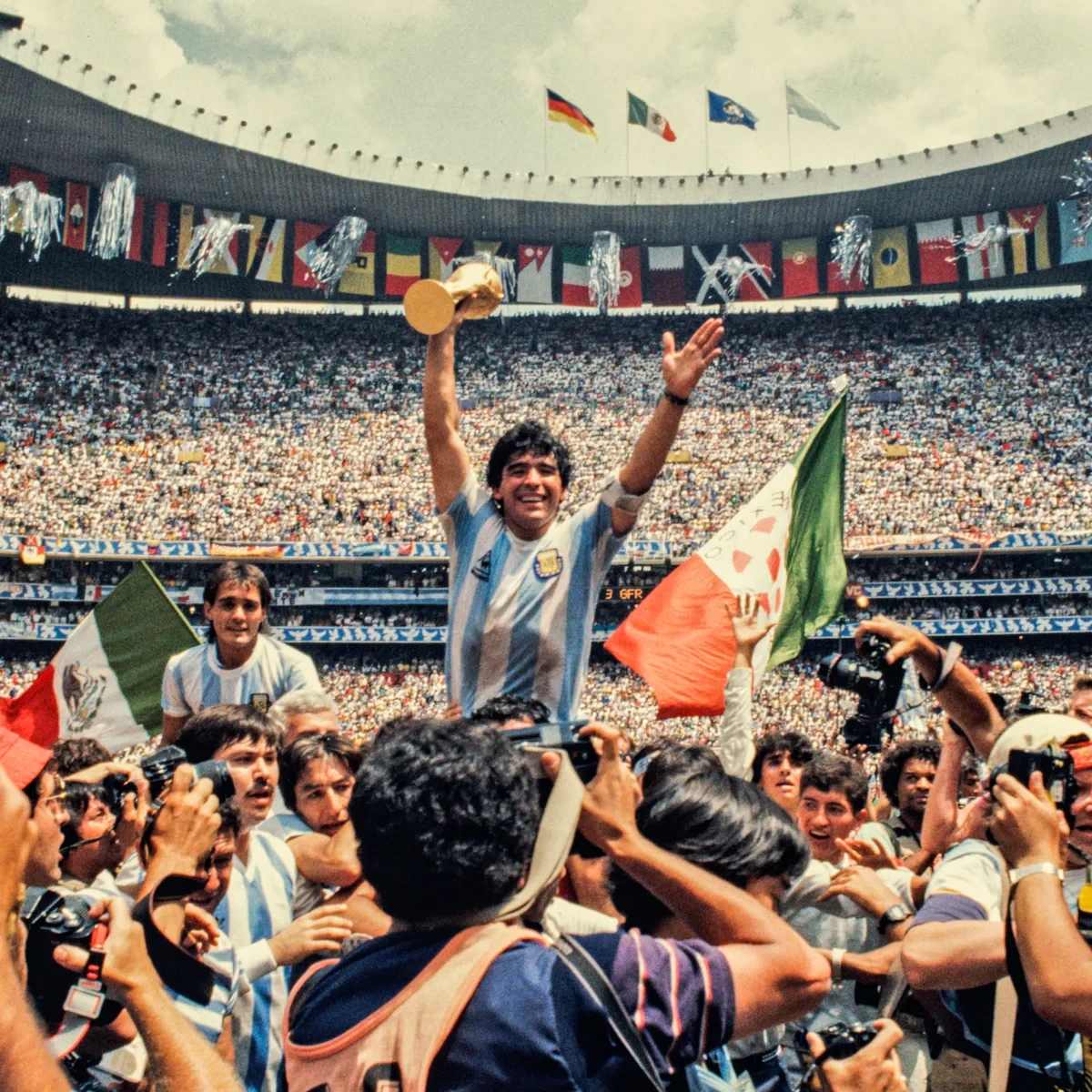Argentina 1986: Maradona and the World Cup epic
From Carlos Bilardo's pragmatic 3-5-2 to the five minutes against England and the through ball for Burruchaga in the final, Maradona shaped the entire 1986 World Cup.
Three minutes after West Germany had equalised at 2-2 at the Azteca, the ball found its way to Diego Maradona. Surrounded by three white shirts, he unleashed a half-volley that unlocked the defence, leaving Jorge Burruchaga face-to-face with goal to seal a 3-2 win. In Mexico 1986, the World Cup belonged to one man rather than one team: Diego Maradona.
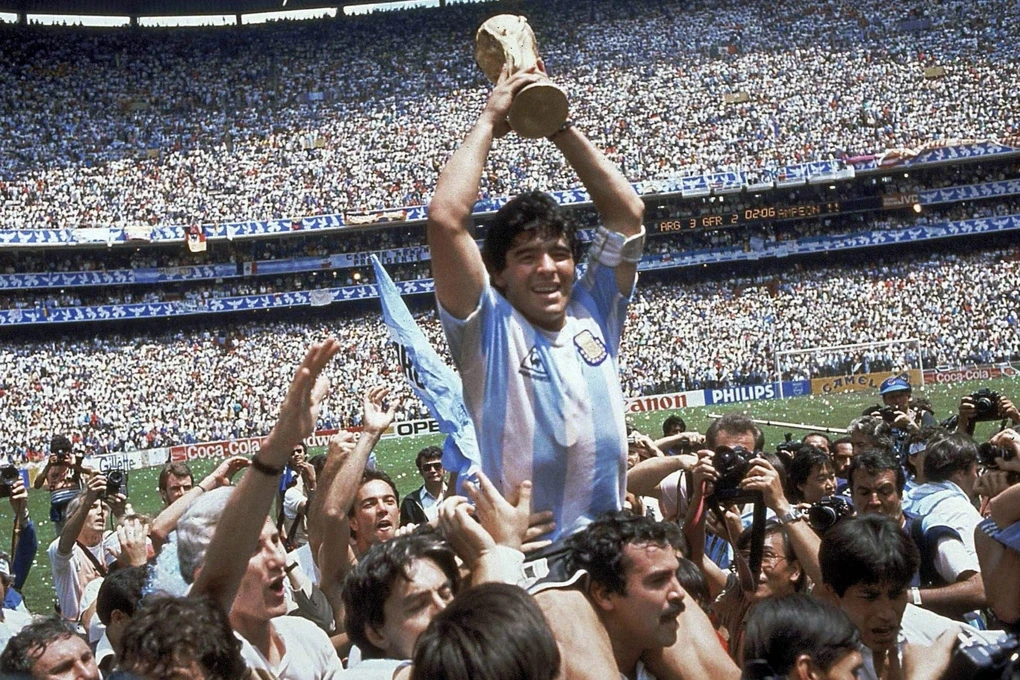
Bilardo's philosophy and the 3-5-2 system: unleashing genius
To reach the glory of 1986, Argentina had to overcome the fundamental debate of tango football. After the romantic 1978 championship under Cesar Luis Menotti, the team was handed over to Carlos Bilardo, a pragmatist who was labeled "anti-football". Jorge Valdano put it succinctly: "For Menotti, football is joy. For Bilardo, football is like a mission where the army has to fight for every inch of land on the battlefield."
Bilardo ignored all the fuss. He put into operation the then-unusual 3-5-2 formation, building a solid defense with a sweeper (Oscar Ruggeri) and two man-marking central defenders, then left the entire creative front to one individual. Maradona took on a rare free role: neither striker nor midfielder – he was the connecting link. “Workers” like Hector Enrique, Ricardo Giusti and “engineers” like Jorge Burruchaga and Jorge Valdano were arranged around him to serve a single purpose: to unleash genius.
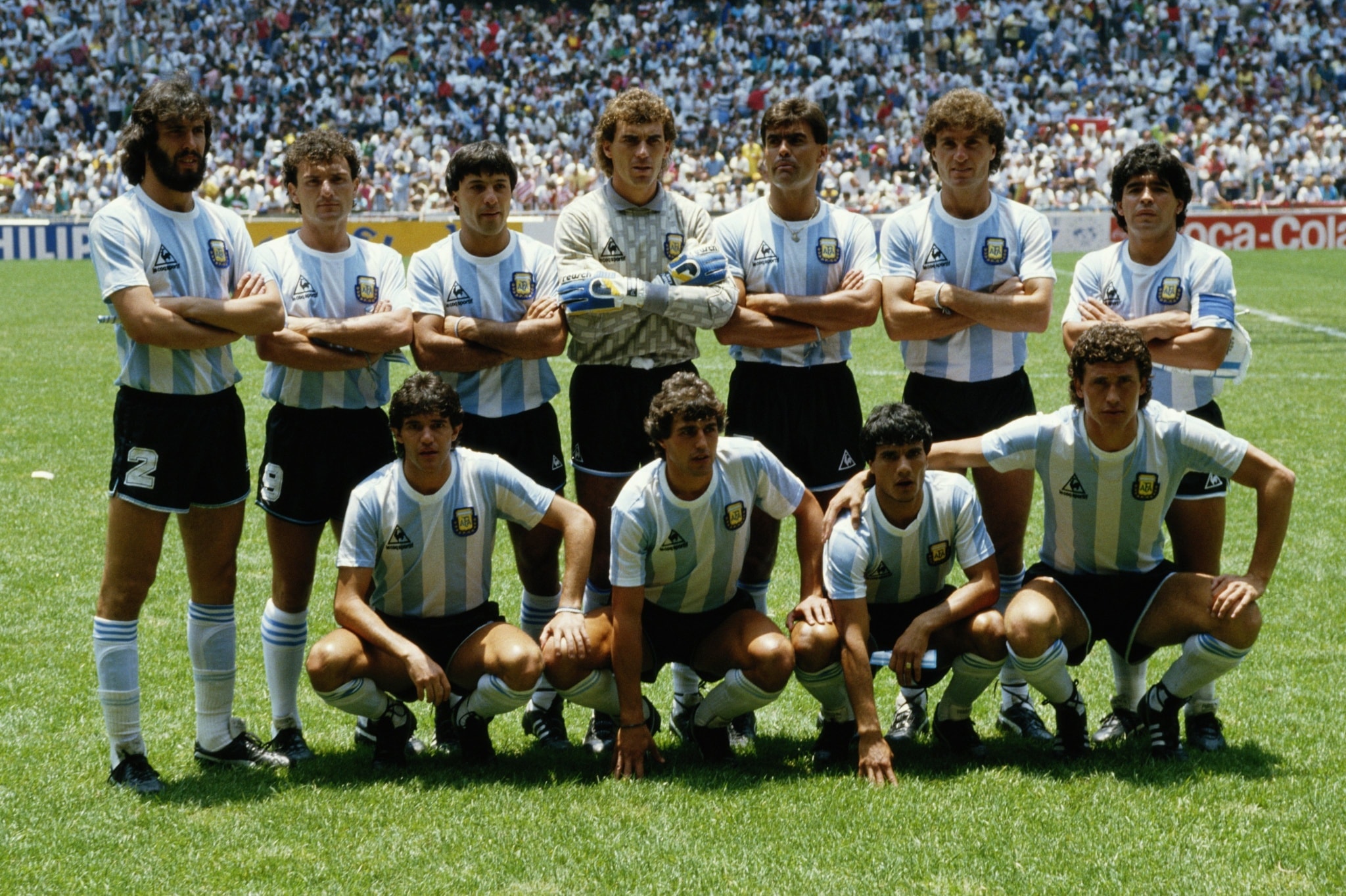
From doubt to explosion
Argentina started slowly. Against South Korea, they won 3-1, Maradona did not score but created all three and suffered numerous tough challenges. Italy tried to block the game with man-marking – Salvatore Bagni was on their toes – but Maradona escaped the pressure to score from close range, making it 1-1.
In the round of 16 against Uruguay, in a tense South American atmosphere, Maradona called it his “most perfect World Cup performance”, winning every duel. The question of how to stop him continued to be unanswered: zonal marking was ineffective, man-marking was thrown off by the rhythm and dexterity of his left foot.
Five minutes to preserve the legacy before England
The quarter-final against England was played in the shadow of the Falklands War. “We all said that football and politics should not be mixed,” Maradona later wrote. “But that was a lie… Damn it, this was not a normal game!”
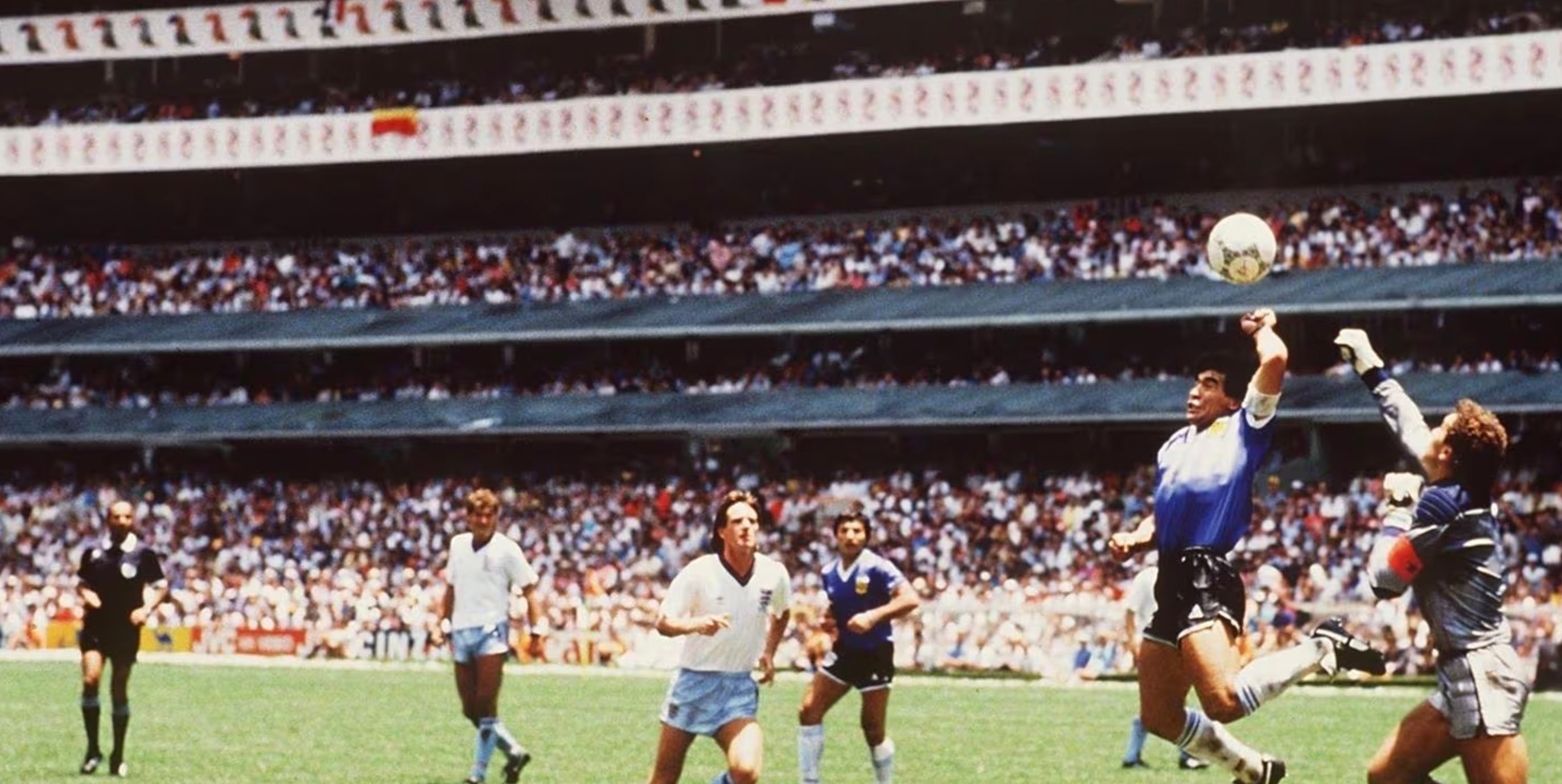
In the 51st minute, the “Hand of God” appeared: after a jumble of balls, Maradona jumped high above Peter Shilton and cunningly used his left hand to put the ball into the net. Four minutes later, he scored the “Goal of the Century”: receiving the ball in his own half, turning to escape pressure, beating four names in a row – including Terry Butcher – past Shilton and finishing into an empty net. Gary Lineker admitted: “That was the only time in my career that I actually felt like I should applaud that goal.” Five minutes that combined both the infamous and the transcendent.
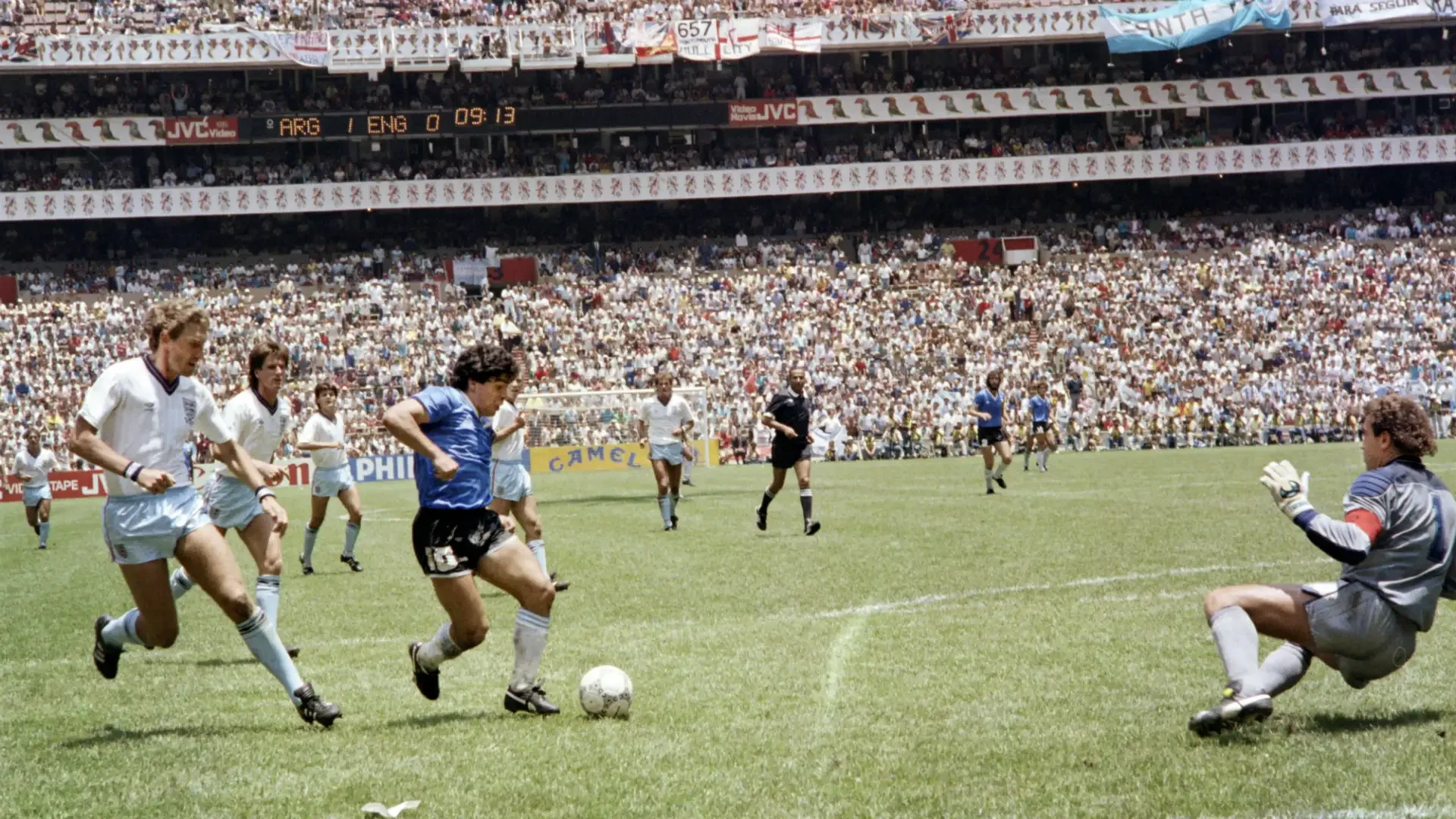
Semi-finals and finals: when the system supports genius
The semi-final against Belgium was a reminder that the quarter-finals are not one-off moments. Maradona scored both goals, both exemplary solo goals, asserting his control over every rhythm of the game.
In the final, Franz Beckenbauer's West Germany assigned the man-marking task to Lothar Matthaus. Maradona was quieter, and Bilardo's system spoke up: Jose Luis Brown and then Jorge Valdano put Argentina 2-0 up. With typical determination, West Germany equalized 2-2 in just 7 minutes (from 74 to 81) thanks to Karl-Heinz Rummenigge and Rudi Voller, pushing the match to the brink.
But just as the German tide was rising, the decisive moment arrived. Maradona received the ball in the middle of the box, used a sensational half-volley to cut through his marking, set Burruchaga free and finished. Although he did not score in the final, he still decided the game with the most important assist of his international career.
Key moments
| Battle | Event | Detail |
|---|---|---|
| Group stage vs Korea | 3 assists | Argentina won 3-1 |
| Group stage vs Italy | Equalizer | Escaped with Salvatore Bagni, finished at a narrow angle |
| Quarter-finals vs England | “The Hand of God” | Minute 51, controversial goal |
| Quarter-finals vs England | “Goal of the century” | Four minutes later, solo from midfield past Shilton |
| Semi-final vs Belgium | Double | Two solo dribbles and shots |
| Final vs West Germany | Germany equalized 2-2 | In 7 minutes (74-81), Rummenigge and Voller scored |
| Final vs West Germany | Champion assist | Maradona passed the ball to Burruchaga to make it 3-2. |
Legacy: a World Cup for one man
Mexico 1986 will go down in history not just because of Argentina’s trophy, but because of the sheer dominance of one individual. After the shock of 1982, Maradona returned as a leader, shouldering the nation’s expectations and playing football on a different level than the rest. Argentina were not the greatest team of all time, but with a system designed to nurture talent, they were worthy champions – because they had the best player, at his best.
